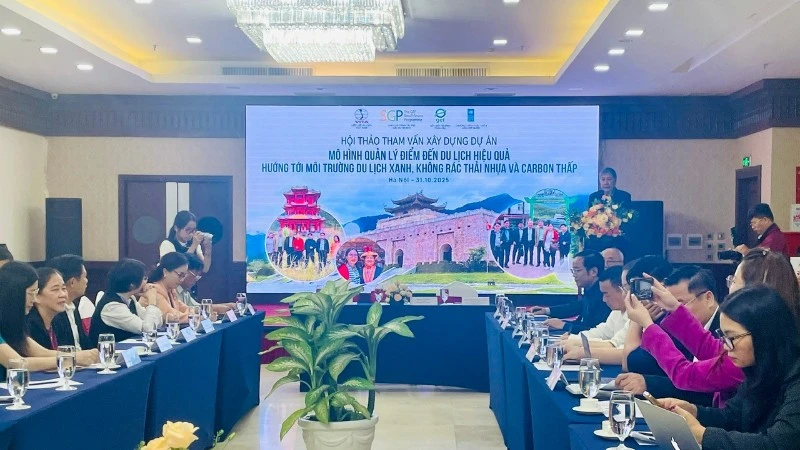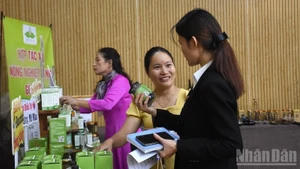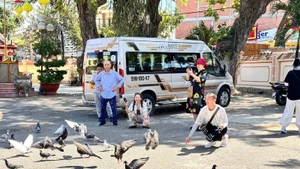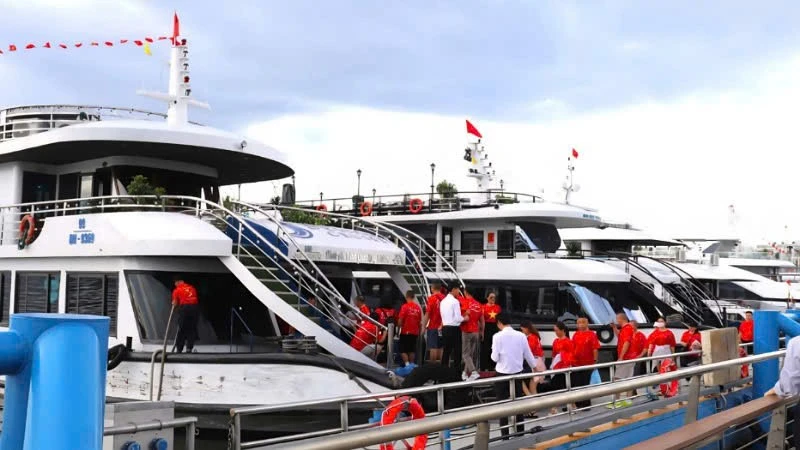In his opening remarks, VITA Chairman Vu The Binh emphasised that tourism is an industry deeply connected to the environment, making green tourism a necessary development path. However, he noted that in Viet Nam, there remains a significant gap between awareness and action in implementing green tourism practices.
Between 2023–2024, with support from the United Nations Development Programme (UNDP), the association successfully implemented a project titled “Reducing Plastic Waste in Viet Nam’s Tourism Sector.” The positive outcomes of the initiative laid the groundwork for further action toward sustainable tourism — most notably the introduction of the VITA Green Criteria, the contry’s first national green tourism standards, largely aligned with international benchmarks.
According to Binh, Viet Nam lags behind many countries in developing green tourism, so it is essential to accelerate the transition toward sustainable, eco-friendly practices. The proposed project on “building an effective destination management model with multi-stakeholder participation toward a green, plastic-free, and low-carbon tourism environment” — supported by UNDP, is a practical step in advancing Viet Nam’s green tourism agenda.
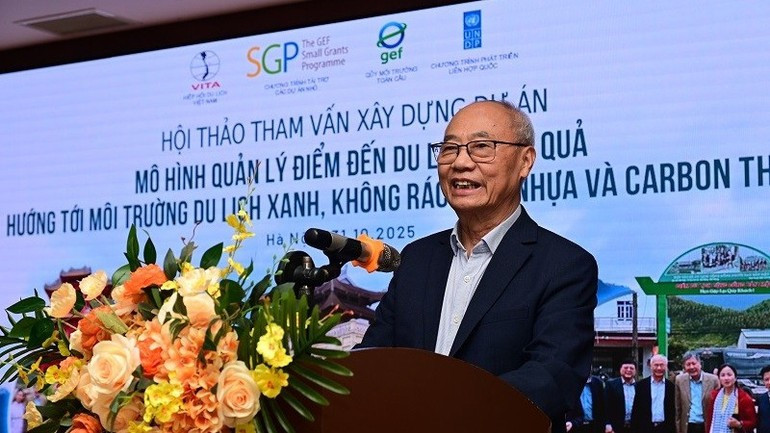
“Destination management is a matter of survival for the tourism industry, since destinations encompass all essential tourism services. Focusing on developing green destination models ensures that tourism activities as a whole move toward sustainability. This project will also help refine the necessary criteria for building green tourism destinations,” Binh stressed.
The project aims to develop an integrated and participatory destination management model serving as a foundation for implementing, monitoring, and evaluating green tourism initiatives.
A pilot programme will be carried out at the Tay Yen Tu Spiritual and Ecological Tourism Area in Bac Ninh Province, which will later serve as a template for nationwide replication.
The project’s content comprises three main activity groups: raising awareness of green tourism among the private sector and local communities, and promoting sustainable destination management practices; developing a participatory model based on green tourism criteria with the involvement of local authorities, businesses, and residents; applying a low-carbon tourism approach while implementing plastic-free criteria established under the earlier UNDP-supported project on “reducing plastic waste in the tourism sector.”

Speaking at the workshop, Deputy Director General of the VNAT Pham Van Thuy emphasised that this consultation workship represents an important step in implementing the National Green Growth Strategy for the 2021–2030 period, with a vision to 2050, as well as the National Action Plan on Green Growth for 2021–2030.
Thuy suggested that, during the project’s finalisation, the VITA and other stakeholders should pay special attention to several key aspects. Firstly, the destination management model should include requirements for surveying, evaluating, and properly planning the use of tourism resources. Secondly, solutions should focus on green tourism production, including the use of renewable and environmentally friendly energy sources, and the development of tourism products based on the conservation of natural and cultural heritage. In addition, the model should promote waste reduction practices, especially replacing plastic with eco-friendly materials, encouraging energy-efficient technologies and renewable energy use, and strengthening wastewater and emissions control to minimise environmental impacts.
The Deputy Director General also stressed the importance of prioritising environmentally friendly tourism types such as ecotourism, community-based tourism, and cultural tourism linked with heritage preservation.
He urged the integration of green elements into all destination activities, the application of digital transformation in green destination management, the development of smart tourism destinations, and the implementation of assessment and risk response tools for sustainable tourism management.
Particularly, Thuy underlined the need to improve the quality of human resources and enhance stakeholders’ awareness and understanding of sustainable tourism principles and objectives. This will help guide and shape green production cycles that meet the rising demand for eco-friendly and sustainable tourism among travellers.
Finally, he noted that the project model should include communication and educational components targeting communities, visitors, and enterprises, to promote a green lifestyle and encourage sustainable tourism consumption across society.
